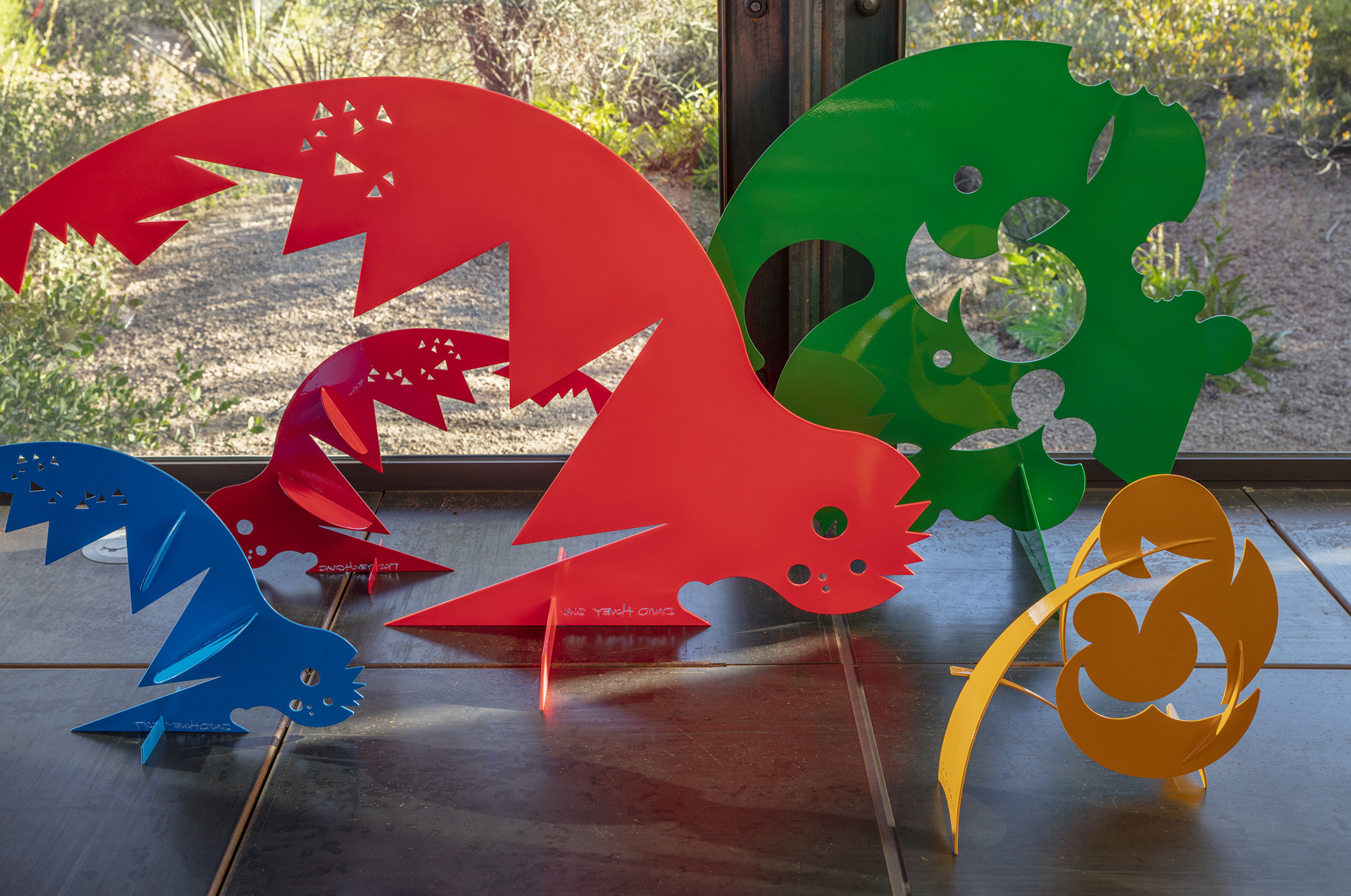Optima buildings are distinguished by our Modernist design, and by our signature pops of color. Because color can influence design, and in turn, influence those that experience our design, the color decisions we make are purposeful and serve to enhance and activate our architecture and the spaces around it.
Theory and Psychology
Color is fundamental to the Modernist tradition. Much of color theory was born out of the Bauhaus modernist art school, where four artists changed the way we talk about color today: Johannes Itten, Wassily Kandinsky, Paul Klee and Josef Albers. Itten, particularly, created the color sphere with primary, secondary and tertiary tones, was the first to determine warm and cool tones, and was a pioneer in associating different colors with emotions.
Today, the study of color and their relationship to human emotion is called color psychology. In the first 30 seconds of viewing an object, our brains make a quick judgment and react to what we see. Color plays a large part in this response; for people, tones and hues are tied to specific emotions and feelings. On a biological/physical level, when we see colors, that vision is transferred over to the brain, which in turn signals to our endocrine system to release specific hormones that create a correlating feeling or mood to what we’ve seen. Armed with this insight, we integrate color into our design solutions to create an emotional impact. But our use of color goes beyond.

Color in Optima Design
In our Arizonian desert residences, we select hues to complement the vegetation of the desert, seamlessly blending our architecture with its environs; indoor with outdoor. At Sterling Ridge, concrete walls merge with the earth, making the home an extension of the land. The result is a harmonious design, one that enhances our building and the land around it. Orange and red color details serve to give an exciting pop of color against a cohesive, blended pallet.

In many of our condos and multifamily residences, we use color in the exterior facade to compliment the surroundings of the building. At Optima Sonoran Village, orange, yellow and green details are drawn from actual colors found in the surrounding lush landscaping. The hues were inspired by the area’s desert flowers, serving to draw out the naturally occurring colors of the terrain.
Color isn’t just important in our building design — we incorporate color into all of our design practices, including experimental color play with our sculptures. Often executed in different colors depending on the surrounding space, sculpture is another facet to Optima in which we experiment with shades and hues. Color has a long and storied history, but for us, it’s a continuing exploration that has us learning more each day.

